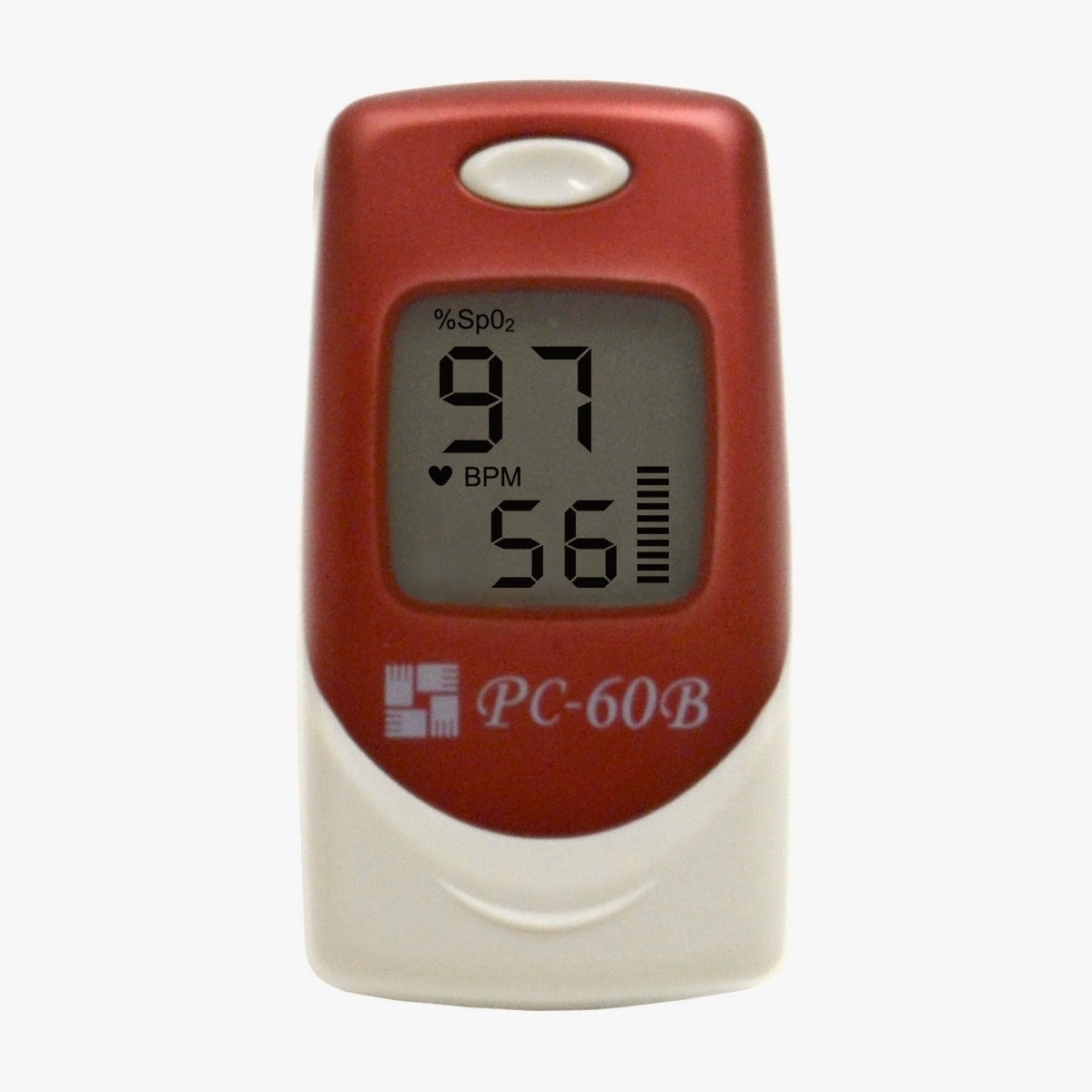Pulse
oximeters are medical devices designed to measure what percentage of
the hemoglobin in your blood is oxygenated. Specifically, they
measure blood oxygen saturation (SpO2)
and your pulse rate (BPM).
Oximeters
are indispensable in hospital surgery units to ensure patients are
safe while under anesthesia. They are also critical in infant wards
for testing the heart health of infants. In fact, oximeters are
standard monitoring tools in any situation where a patient’s
oxygenation might be unstable.
After
their invention in 1972, these devices quickly spread through the
medical community due to their usefulness in many situations. Modern Finger Pulse Oximeters are small and non invasive, and have moved
into the home market. They can be especially useful to patients with
respiratory or cardiac problems and those suffering from sleep apnea
and sleep hypopnea.
Pulse
oximetry is not a substitute for getting a laboratory checkup of
blood gasses since it doesn’t measure blood pH and carbon dioxide
levels, but if you need a quick and painless way to regularly check
your levels, a Finger Pulse Oximeter is a great device. If you suffer
from chronic obstructive pulmonary disease (COPD) an oximeter may
help save your life.
Some
athletes have begun wearing a pulse oximeter during exercise as a
means of monitoring how efficiently they are training. You might find
this useful if you are exercising in high altitudes, suffer from
asthma, or are recovering from an illness. Keeping an eye on your
oxygen levels while working out can help you monitor how hard you are
pushing yourself and make sure that you don’t overdo it.
Pulse
oximetry provides a quick, non-invasive way to monitor blood
oxygenation and pulse rate, both of which may be a valuable tool in
maintaining your health. Check with your doctor to see if one would
be right for you.


